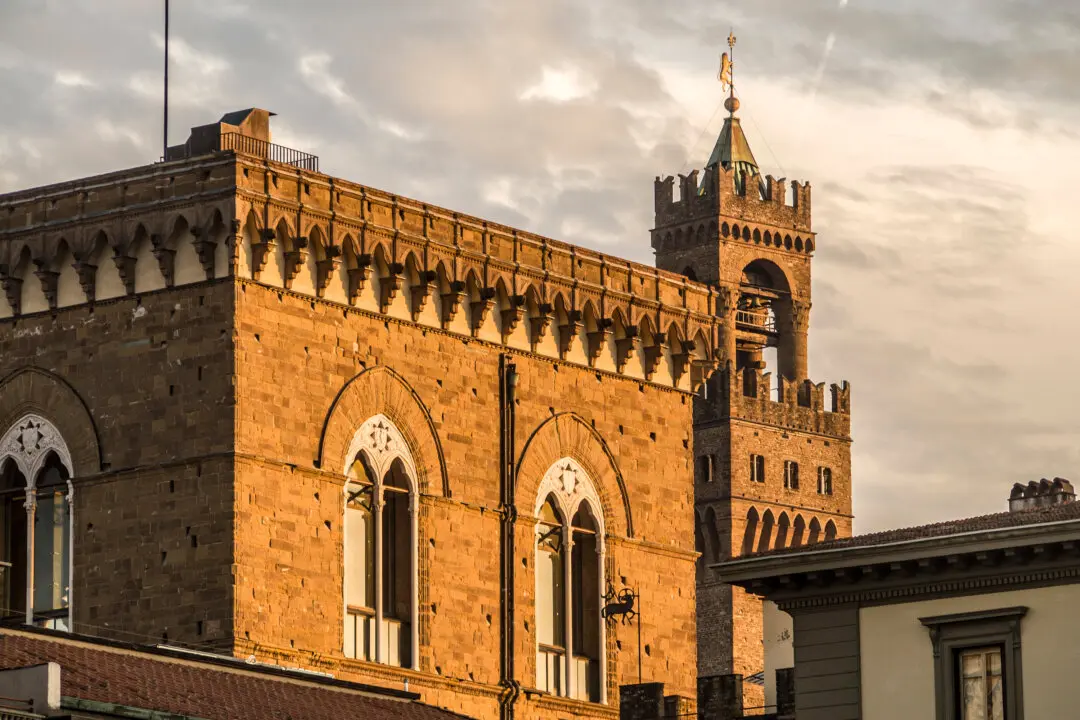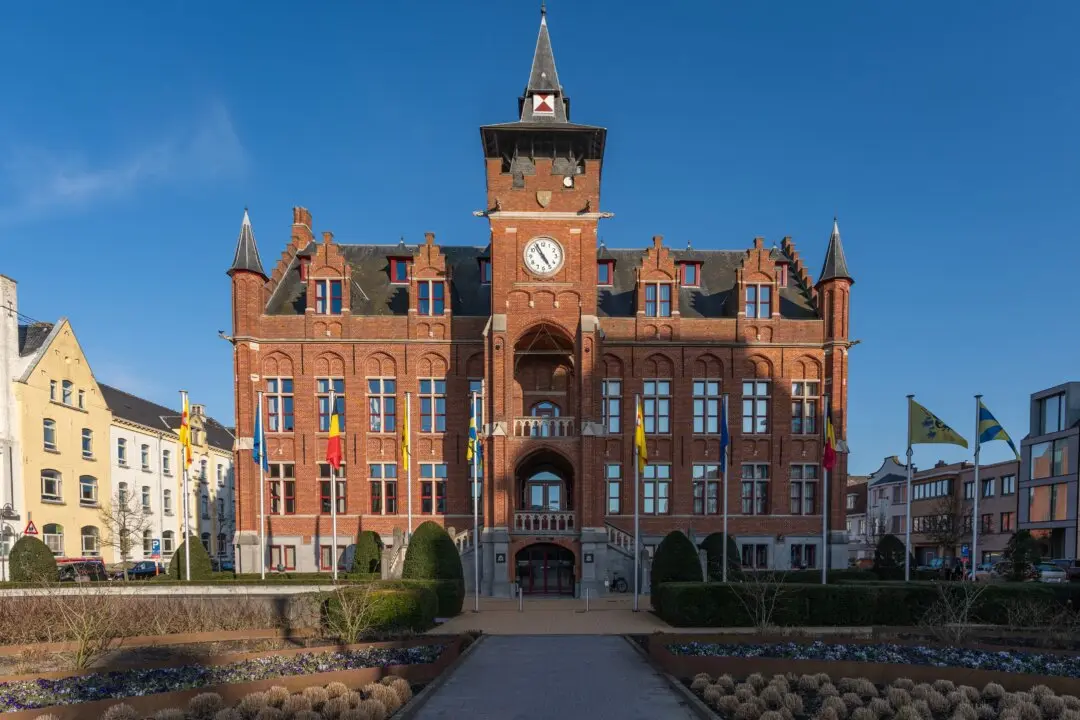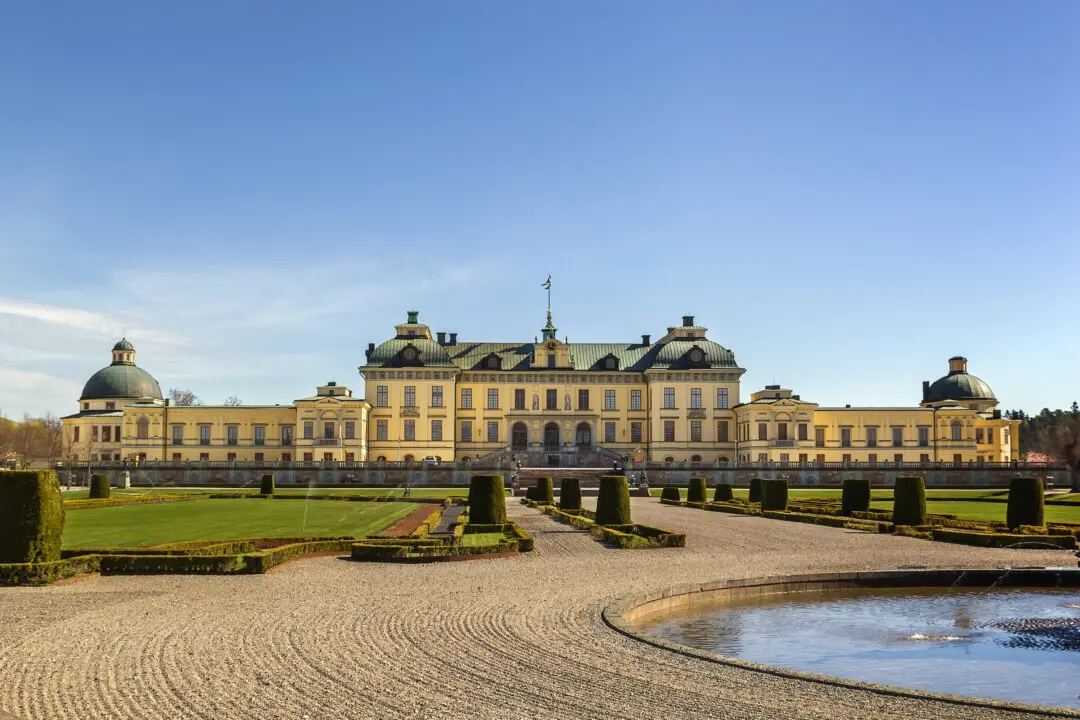Raphael’s feelings were undoubtedly mixed as he received his first commission from the powerful patron of the arts Pope Julius II. At 25 years of age, Raffaello Sanzio was known throughout Italy as a rapidly rising star artist. Now, he had been chosen to fresco four rooms in the Apostolic Palace, the pope’s official residence. It was a high honor and sure to solidify his professional status.
Yet more prestigious frescoes, paintings of pigment mixed with wet plaster, were being simultaneously painted a few hundred yards away in the Sistine Chapel. Paradoxically, Raphael was in the shadow of a more established artist and had less experience for the job. Though still a rising painter, Raphael was already an accomplished one. His rival was already at the top of the artistic world as a sculptor but had never painted a major work.





